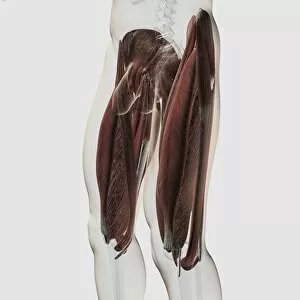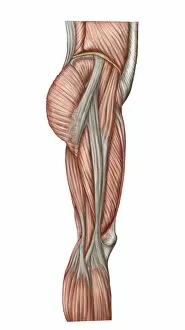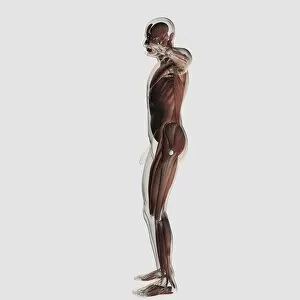Iliotibial Tract Collection
The iliotibial tract, also known as the IT band, plays a crucial role in the functioning of our legs
All Professionally Made to Order for Quick Shipping
The iliotibial tract, also known as the IT band, plays a crucial role in the functioning of our legs. This fibrous band runs along the outside of the thigh, connecting the hip to the knee, and is responsible for stabilizing and supporting various movements during physical activities. One condition associated with this important structure is snapping hip syndrome. This occurs when the iliopsoas tendon subluxes over the greater trochanter of the femur, causing an audible snap or click sensation. Snapping hip syndrome can be uncomfortable and may limit range of motion. To better understand this complex system, let's explore male muscle anatomy from different views. In a side view, we can observe how these muscles interact and contribute to leg movement. The posterior view provides insight into how these muscles work together to generate power and propel us forward. Switching to an anterior view reveals more details about human thigh muscles' arrangement and their connection to other structures like tendons and ligaments. Understanding this intricate network helps us appreciate how our bodies function as a whole. A schematic showing hip and leg motion further illustrates how all these components come together harmoniously during activities such as walking or running. It highlights both flexion-extension movements at the hip joint and extension-flexion movements at the knee joint. By examining male muscular systems from different angles, we gain valuable insights into their complexity and interdependence within our bodies' overall framework. These visual representations help us appreciate Julien Bougle's superimposed colored plates on human anatomy—a testament to its intricacy. Understanding the iliotibial tract's role in leg function allows us to comprehend conditions like snapping hip syndrome better while appreciating its significance in maintaining mobility and stability throughout various physical activities.









